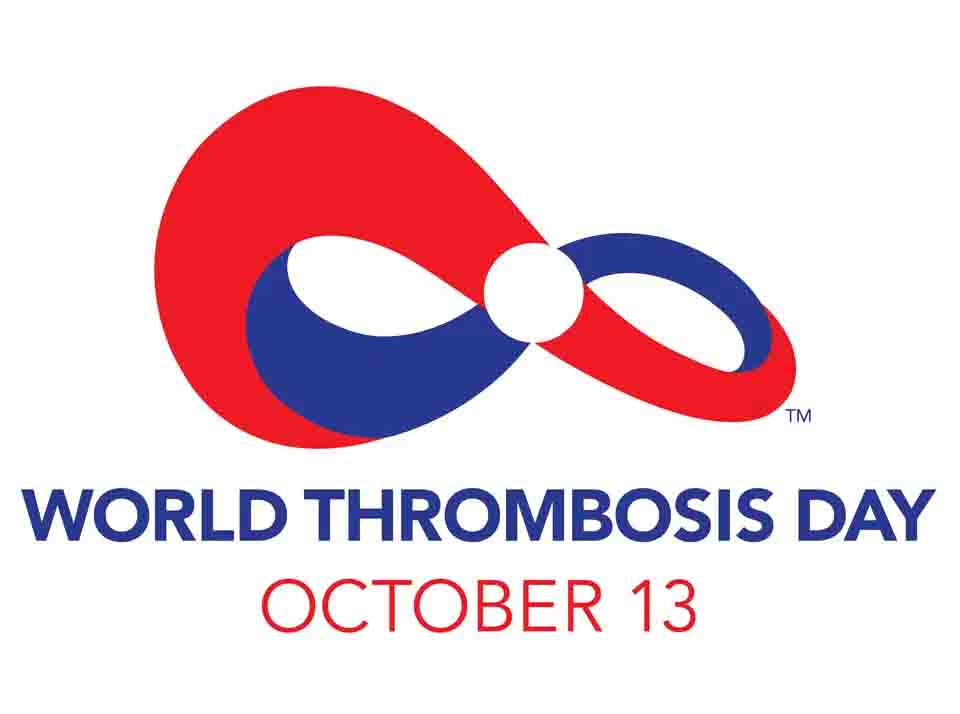
Listen to the article
Thrombosis: A Silent Killer in Need of Urgent Attention
Werfen is committed to Powering Patient Care and increase global awareness of thrombosis to enhance patient outcomes.
Thrombosis: A Silent Killer
Thrombosis, the formation of a blood clot within a blood vessel, is a serious health condition that often goes unnoticed until it's too late. This silent killer can lead to devastating complications, including heart attacks, strokes, and pulmonary embolisms.
Understanding Thrombosis
There are two main types of thrombosis:
- Arterial thrombosis: This occurs when a blood clot forms in an artery, which carries blood away from the heart. Arterial thrombosis is a primary cause of heart attacks and strokes.
- Venous thrombosis: This occurs when a blood clot forms in a vein, which carries blood back to the heart. Venous thrombosis can lead to pulmonary embolism, a potentially fatal condition where a blood clot travels to the lungs.
The Dangers of Thrombosis
Thrombosis can have severe consequences depending on where the blood clot forms or travels:
- Lungs: Pulmonary embolism
- Brain: Stroke or transient ischemic attack (TIA)
- Heart: Heart attack
- Neck: TIA or stroke
- Intestines: Mesenteric ischemia
A Growing Public Health Concern
Statistics reveal that 1 in 4 people die from causes related to blood clots, making thrombosis a major public health concern. Many cases of thrombosis are preventable, particularly within healthcare settings.
Key Facts about Thrombosis
- Number 1 Cause of Preventable Deaths in Hospitals: Thrombosis is a leading cause of preventable deaths in hospitals.
- High Risk During Hospitalization: Patients are at a higher risk of developing blood clots during or after a hospital stay due to factors like prolonged bed rest, surgery, and underlying medical conditions.
- Hidden Danger: Thrombosis often presents with subtle or non-specific symptoms, making early detection difficult.
The Importance of Awareness
Raising awareness about thrombosis is crucial for improving patient outcomes and reducing the number of deaths. By understanding the risks, recognizing symptoms, and taking preventive measures, individuals can help protect themselves from this silent killer.
Key Messages:
- Know the Risk Factors: Certain individuals are more susceptible to thrombosis, including those with a history of blood clots, heart disease, cancer, or recent surgery.
- Recognize the Symptoms: Be aware of common symptoms such as swelling, pain, redness, and warmth in the affected area. If you experience these symptoms, seek medical attention promptly.
- Prevent Thrombosis: Discuss preventive measures with your healthcare provider, such as taking blood thinners as prescribed, staying active, and maintaining a healthy weight.
- Early Diagnosis and Treatment: Prompt diagnosis and treatment are essential for preventing complications. If you're at risk or have symptoms of thrombosis, consult a healthcare professional.
By increasing awareness and taking proactive steps, we can help reduce the burden of thrombosis and save lives. Let's work together to make a difference.


